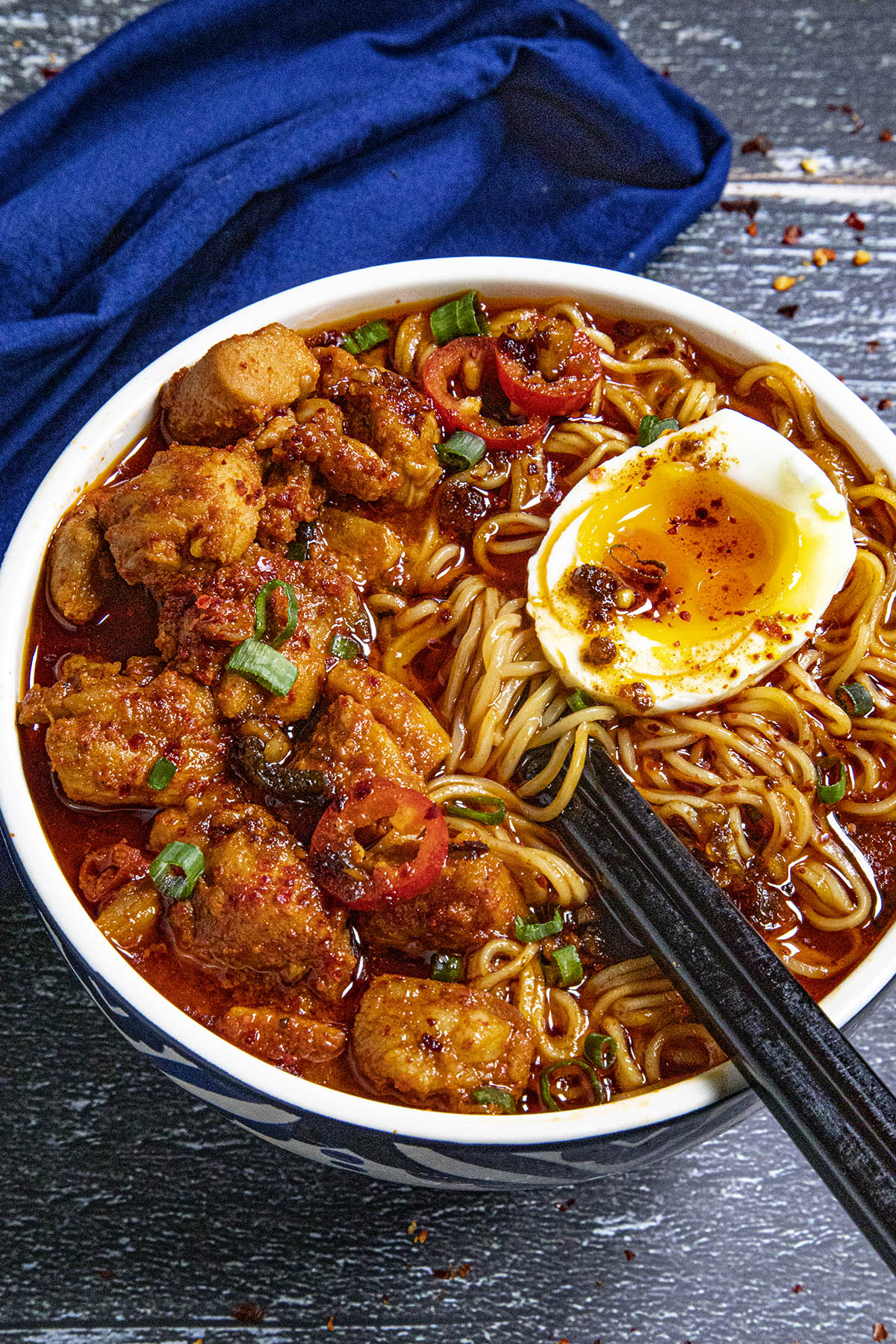Unraveling The Buldak Ramen Recall: Bacteria Concerns And Consumer Safety
In recent months, the popular Buldak ramen has faced significant scrutiny due to a recall linked to potential bacterial contamination. This has raised alarm among consumers who rely on this spicy noodle dish as a quick meal option. As the news spreads, many are left wondering what steps are being taken to ensure food safety and the integrity of beloved products like Buldak ramen. Understanding the implications of this recall is crucial for both loyal fans of the product and newcomers alike.
In the world of instant noodles, few brands have captured the hearts (and taste buds) of spicy food enthusiasts like Buldak. Known for its fiery flavor and delightful texture, it has emerged as a staple in many households. However, the recent recall has tarnished its reputation, leading to questions about food safety practices in the industry. Consumers must stay informed to protect themselves and their families from potential health risks.
As we delve deeper into the situation surrounding the Buldak ramen recall bacteria, we will explore the reasons behind the recall, the response from the company, and what consumers should be aware of moving forward. It is essential to understand both the risks and the actions being taken to mitigate them to ensure a safe dining experience.
What Led to the Buldak Ramen Recall?
The recall of Buldak ramen was primarily triggered by the detection of harmful bacteria during routine quality control checks. But what specific bacteria were found, and how did they end up in a product that many trust?
Understanding the Bacteria Involved
Health authorities identified a strain of bacteria that could pose serious health risks if ingested. Common culprits in food recalls include:
- Salmonella
- Listeria monocytogenes
- Escherichia coli (E. coli)
The presence of any of these bacteria can lead to foodborne illnesses, which can be particularly dangerous for vulnerable populations, such as children and the elderly.
How Did the Contamination Occur?
Investigations into the contamination revealed several potential points of failure in the production process. These include:
- Improper sanitation practices in manufacturing facilities
- Cross-contamination during packaging
- Inadequate quality control measures
Understanding how contamination occurs is vital for preventing future incidents and ensuring that consumers can enjoy their favorite foods safely.
What Actions Have Been Taken Following the Recall?
In response to the recall, the company behind Buldak ramen has implemented several immediate measures to address the issue. These actions include:
- Issuing a public recall notice
- Working with health authorities to investigate the source of contamination
- Enhancing sanitation and quality control practices in production facilities
These steps are crucial for restoring consumer confidence and ensuring the safety of their products moving forward.
What Should Consumers Do?
For those who have purchased Buldak ramen, it is essential to stay informed and take appropriate action. Here’s what consumers can do:
- Check for recall notices online or through local news sources.
- Inspect purchased products for any recall labels.
- Return or discard affected products as recommended by the company.
Being proactive is key to ensuring personal safety and preventing health issues related to contaminated food products.
Will Buldak Ramen Recover from This Incident?
While the recall has undoubtedly shaken consumer trust, the future of Buldak ramen is not necessarily bleak. The company's response and commitment to quality assurance will play a significant role in its recovery. Many consumers are willing to give brands a second chance if they see genuine efforts to rectify mistakes.
How Can Consumers Ensure Food Safety in the Future?
To minimize the risk of foodborne illnesses in the future, consumers can adopt several best practices:
- Stay informed about food recalls and safety alerts.
- Practice safe food handling and preparation techniques.
- Support brands with strong reputations for food safety.
By taking these proactive steps, consumers can protect themselves and their families from potential health risks.
What Are the Long-Term Implications of the Buldak Ramen Recall Bacteria Incident?
The long-term effects of this recall will depend on the company's ability to implement effective changes and restore consumer trust. Industry-wide, this incident may prompt:
- Stricter regulations on food safety
- Increased transparency from food manufacturers
- Greater consumer awareness regarding food safety issues
Ultimately, the Buldak ramen recall bacteria incident serves as a critical reminder of the importance of food safety and the need for vigilance from both consumers and manufacturers alike.
Billie Eilish Nipslip: A Closer Look At The Incident
Tragic Consequences: The Hidden Dangers Of Ramen Noodles
Tragic Incident: 5 Kids Passed Away From Ramen Noodles News


